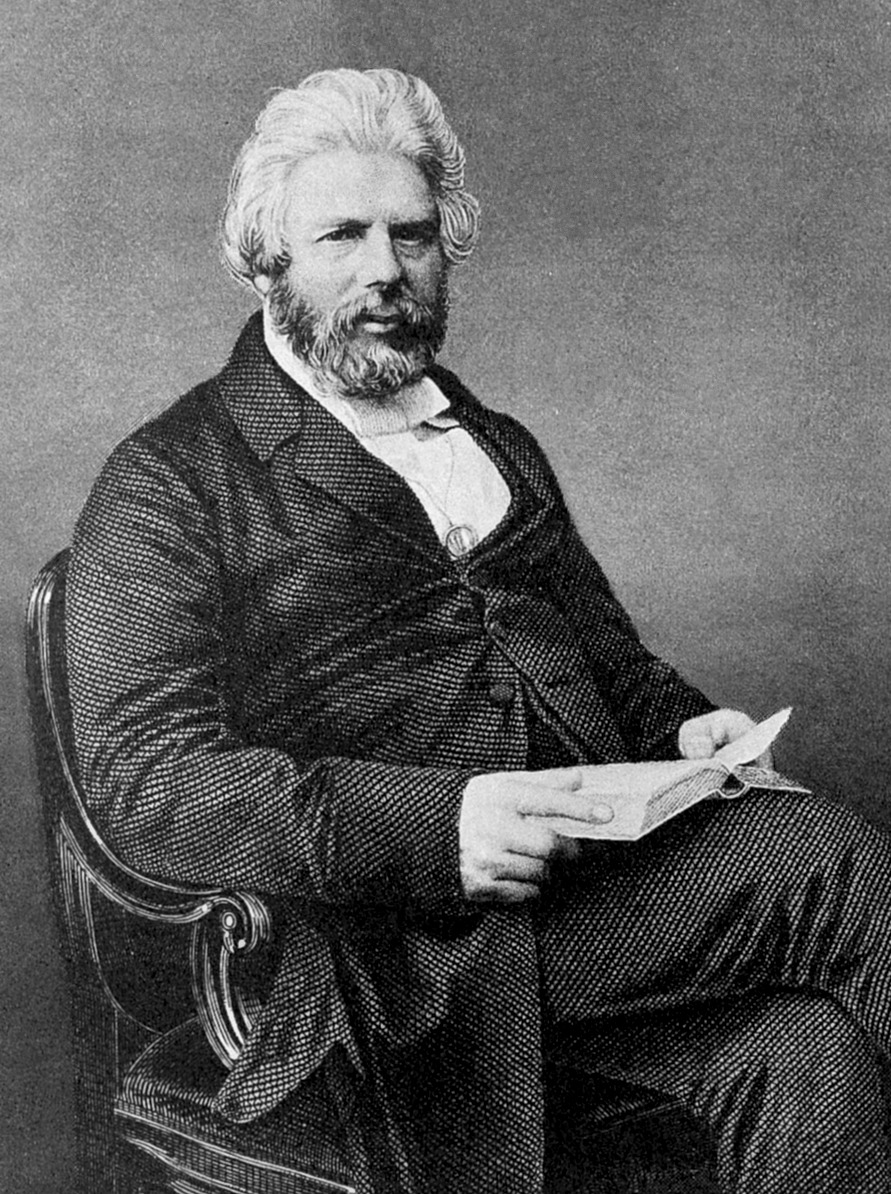Robert Chambers, Chambers's Information for the People (1875) Vol. 2 https://books.google.com/books?id=vNpTAAAAYAAJ
Роберт Чэмберс: Цитаты на английском языке
Источник: Vestiges of the Natural History of Creation (1844), p. 388
Источник: Testimony: its Posture in the Scientific World (1859), p. 2
Источник: Vestiges of the Natural History of Creation (1844), p. 294
Источник: Vestiges of the Natural History of Creation (1844), p. 320
Источник: Vestiges of the Natural History of Creation (1844), p. 250
Источник: Sanitary Economy (1850), p. 13
Источник: Vestiges of the Natural History of Creation (1844), p. 205
Источник: Testimony: its Posture in the Scientific World (1859), p. 9
Источник: Testimony: its Posture in the Scientific World (1859), p. 1-2
Источник: Vestiges of the Natural History of Creation (1844), p. 60
Источник: Testimony: its Posture in the Scientific World (1859), p. 14
Источник: Vestiges of the Natural History of Creation (1844), p. 293
Источник: Vestiges of the Natural History of Creation (1844), p. 195
Источник: Vestiges of the Natural History of Creation (1844), p. 305
Источник: Vestiges of the Natural History of Creation (1844), p. 388
Источник: Vestiges of the Natural History of Creation (1844), p. 204-205
Источник: Vestiges of the Natural History of Creation (1844), p. 61
Контексте: Ascending to the next group of rocks, we find the traces of life become more abundant, the number of species extended, and important additions made in certain vestiges of fuci, or sea plants, and of fishes. This group of rocks has been called by English geologists, the Silurian System, because largely developed at the surface of a district of western England, formerly occupied by a people whom the Roman historians call Silures.
Источник: Vestiges of the Natural History of Creation (1844), p. 154
Источник: Vestiges of the Natural History of Creation (1844), p. 390
Chambers and his brother William were both born with this condition. Robert was made lame by the operation to remove the sixth digits from his feet.
Источник: Vestiges of the Natural History of Creation (1844), p. 282-283
Источник: Vestiges of the Natural History of Creation (1844), p. 278-279
Источник: Vestiges of the Natural History of Creation (1844), p. 152
Источник: Vestiges of the Natural History of Creation (1844), p. 20
Источник: Vestiges of the Natural History of Creation (1844), p. 197
Источник: Vestiges of the Natural History of Creation (1844), p. 6-7
Источник: Vestiges of the Natural History of Creation (1844), p. 212
Источник: Vestiges of the Natural History of Creation (1844), p. 153
Источник: Vestiges of the Natural History of Creation (1844), p. 30
